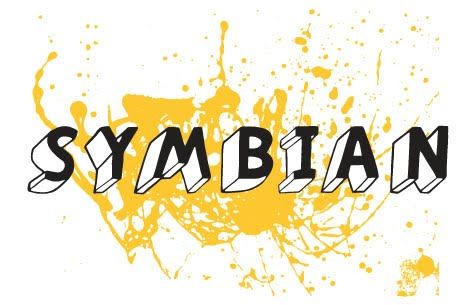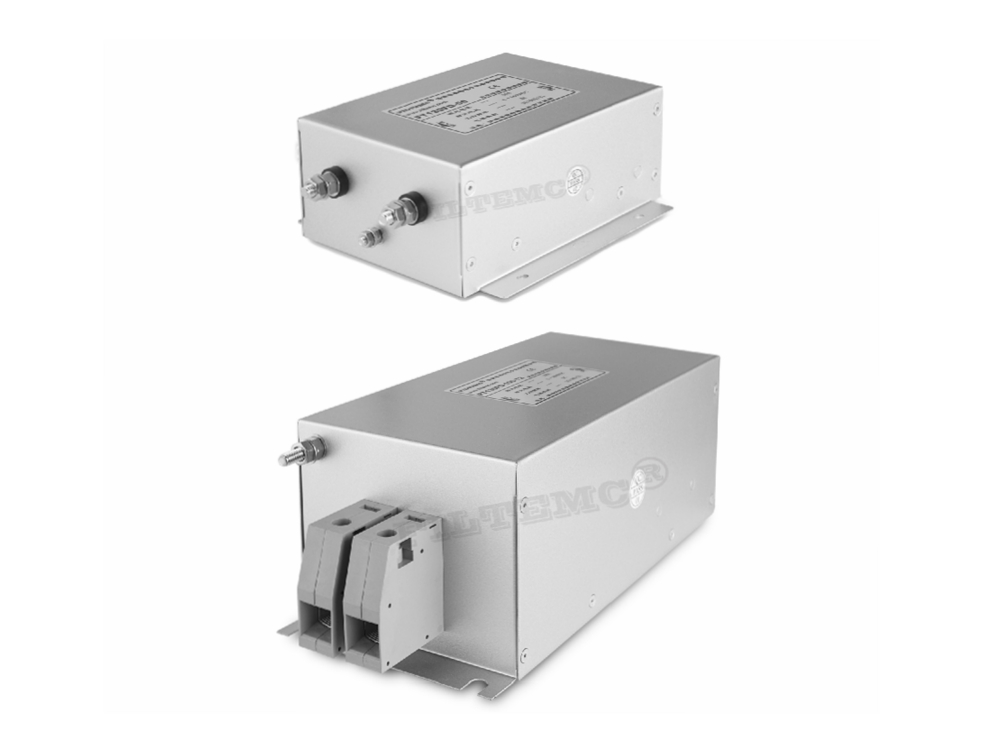 Is an excellent embedded system. Symbian is a real-time operating system. It is a micro-kernel system. It was designed to be stable for a long time under the limited hardware resources and energy environment. Symbian has taken many measures, such as using a microkernel architecture, tightly controlling memory leaks, and preemptive multitasking scheduling. Symbian is using Symbian C++ for development. It has its own complete set of development frameworks and mechanisms to constrain developers, ensure system stability and reliability, and improve system performance.
Is an excellent embedded system. Symbian is a real-time operating system. It is a micro-kernel system. It was designed to be stable for a long time under the limited hardware resources and energy environment. Symbian has taken many measures, such as using a microkernel architecture, tightly controlling memory leaks, and preemptive multitasking scheduling. Symbian is using Symbian C++ for development. It has its own complete set of development frameworks and mechanisms to constrain developers, ensure system stability and reliability, and improve system performance. These are the advantages of Symbian and the disadvantages of Symbian. Developing applications under Symbian is very difficult, because it is not easy to write a high-quality C++ program.
Symbian detects a memory leak and crashes the application. Avoiding memory leaks is a big problem for the average programmer.
Although Symbian itself has second-order constructors and clear stack mechanisms to assist developers in memory management and control, these require developers to have a clearer and deeper understanding of C++'s memory allocation mechanism. Most developers, It is not known exactly what is a stack and what is a heap.
Because of the limited hardware resources in the embedded system, Symbian's stack size is very limited, all the data must be placed on the heap, so you need to use second-order constructors.
There is also the Egg mechanism that the egg hurts. It is basically a simple encapsulation of the C++ overly simple exception mechanism. A little carelessness will result in a memory leak.
In the microkernel mechanism, many things are not the same as our usual development. Most of the system functions are not in the kernel, and you need to connect the modules that provide this function to operate. These modules are all in C/S mode.
Symbian does not advocate the use of multi-threaded or multi-process, advocate the use of scheduler, preemptive multi-task scheduling, I think that for concurrent control to learn better, the problem of multi-threaded work can handle and find, but for this preemptive In the multitasking process, I really spent a full week to understand what was going on.
For these reasons, the threshold for Symbian development is still relatively high (compared to Java that does not need to care about all of the above issues). Symbian has a lot of models, making debugging on Symbian too cumbersome. In addition to the screen resolution, keyboard structure, number of speakers, camera model, flash and other factors, even the same system, the system running on different models also have Subtle differences, so often have to adapt to many models.
In addition to not applauding the developers, Nokia is more plausible in some respects. For example, mobile phones should not be easily broken. Mobile phone signals should be good. I have always felt that this is one of the reasons why Nokia has not used a large-size capacitive screen. (Of course, it is also possible that people often teased that the amount of Q screen purchases is too large.) Even today, unbreakable, good signal is still Nokia's impression to everyone, it is difficult to erase. We must admit that these are all correct, but these are indeed aspects that are not easily noticed by people.
Starting with the third edition of Symbian S60, a signature mechanism was introduced into the application. Only signed applications can be installed on the machine. Some people think that the complex signature mechanism is one of the reasons that caused Symbian to decline. In fact, the signature is not wrong, as is the use of the signature mechanism on iOS, is not it good? What was wrong was that at that time, when the Internet was not yet popularized on mobile phones, people used too much pirated software. We all know that only pirated software requires complex signatures to be installed on your mobile phone.
As for the interface of the operating system, I don't think I need to say too much about it. I don't think anyone who used it knows how to evaluate it. Symbian's interface has to be poor. I don't think it's too good. It hasn't changed for too long. It left everyone with a sense of freshness, and then lost it directly to a good-looking and playful apple.
On the system, the developers are not pleased. When they are used, they are not pleased with the users. However, with years of accumulation, Symbian has firmly grasped the market. At that time, there was no other system, Windows Mobile, Palm, and BlackBerry OS. All are. However, because Symbian is able to operate on machines with poor performance, Nokia's smartphones have steadily overtaken other competitors in terms of performance, type and price, and numerous applications on the Symbian platform.
When the iPhone was first introduced in 2007, it wasn't just Nokia. The entire world felt it was a joke. A mobile phone that can't change ringtones, can't run programs in the background, or even has no third-party applications at all, how to call it a smart machine, the only bright spot is probably that fun multi-touch screen, and that compared to Symbian. Ten years of constant interface, relatively nice UI.
Of course, afterwards, the entire world knew that Joe was a big player in the next game. When the App Store was released, all the developers started to defecate. Because Symbian is difficult to develop and can't make money, Apple is easy to develop without piracy and can make money. Money is a tempting thing, and Symbian is not a good developer. It doesn't appeal to users. Of course, no one supports it.
On the price, Nokia has all from the low-end to the high-end, but in the high-end market (excluding Vertu), the price has always been pit father, the flagship machine can often be 5k + to 6k +. Apple is also working with operators, through the package, so that the cost of the iPhone is basically no difference with other machines. Just because the phone is broken, it takes a few hundred knives to buy an iPhone. The contract for several years is not necessarily more expensive than other phones. It's fun, why not?
Features and benefits of PV inverter filters
Prevention of the electromagnetic interference of inverter towards controller and solar panel.
Prevention of the electromagnetic interference of inverter towards other grid-tied equipments.Effectively get rid of the electromagnetic pollution of inverter output current, guarantee the grid power quality.
Effectively eliminate the negative in uence of radiated interference of solar panel towards inverter and controller.
Greatly improve system reliability and effectiveness.
600VDC, 1200VDC or above high voltage versions available upon request.
Strict temperature rise control and much better performance than actually required assure productreliability even under special working conditions.
Brief introduction of PV Inverter Filter
Rated current: 1A~2000A
Stud or terminal block optional ( ≥ 250A it is copper bar)
Could be customized according to the real interference situation of customer's working field.

Passive Filter,PV Inverter Filter,EMI Filter For Inverter,Custom EMI Filters
Jinan Filtemc Electronic Equipment Co., Ltd. , https://www.chinaemifilter.com